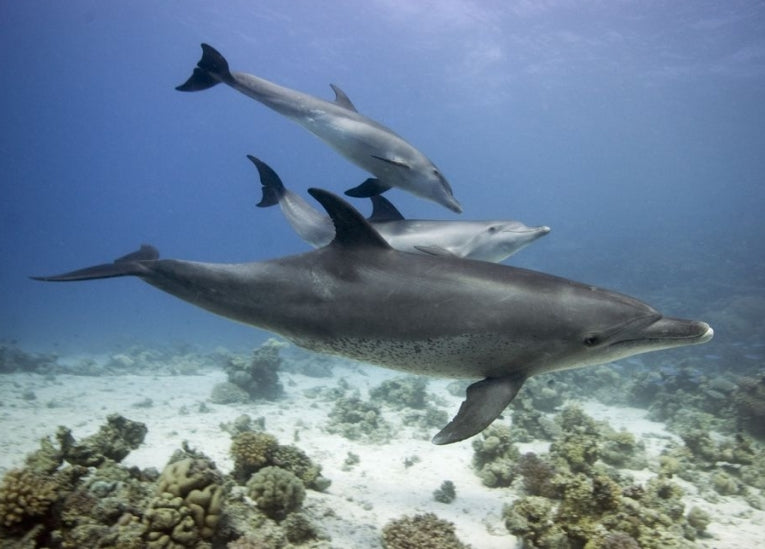Strandings of dolphins have to be compared with free-ranging samples, if we are to determine if the diet of stranded cetaceans is related to the real food that they eat regularly. Stable isotope or fatty acid analysis can't resolve which prey item is which so there is only one way to check.
The actual live animal has to be investigated. Foraging behaviour of Tursiops truncatus in Florida has been studied extensively, so, in addition to standard health checks, faecal and gastric samples have been analysed by a group of Australian researchers with molecular prey detection techniques. This enabled a straight comparison with similar samples from stranded dolphins to produce a cetacean first!
Glenn Dunshea and all his colleagues from the University of Tasmania, the Australian Marine Mammal Centre and the Mote Marine Laboratory in Florida produced the resultant paper in Biology Letters today with the positive statement, "Stranded dolphin stomach contents represent the free-ranging population's diet."
The consistency obtained when comparing the two data sets was interesting. Even the amounts of prey varied little between the dead and the free-living samples. 447 samples were checked from live dolphins, producing the 37 prey molecular operational taxonomic units (MOTUs.) In fact these corresponded to species from 16 fish families (the bony fish or teleosts).
Of the 32 stranded dolphins checked, 554 prey items were found, with 5 fish families (teleosts), a squid and a shark (elasmobranch fish). So-called soniferous fish comprised a significant number of the prey items. This shows that dolphins listening for fish sounds make up a high proportion of their population. Confirmation of that has been discovered in several recent papers, so we can assume that the success of this research will now stretch to any other whale and dolphin species. Conservation efforts especially will be eager to discover which prey species could influence rare dolphin distribution.










